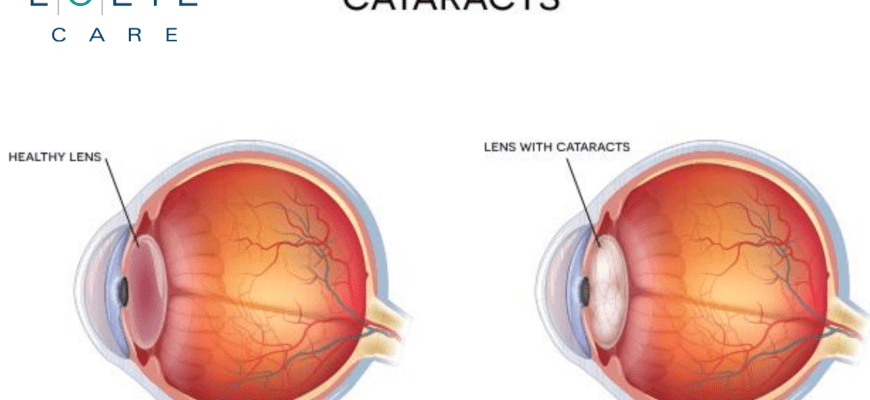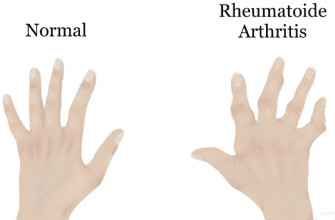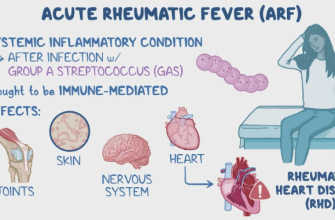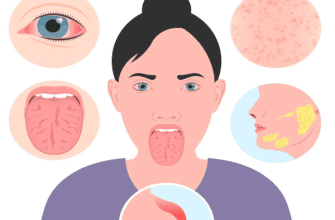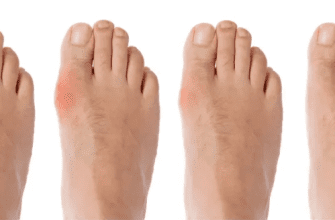Contents
What Are Cataracts?
Cataracts are a clouding of the eye’s natural lens that affects vision. They develop slowly and are most common in older adults, but can occur at any age.
Key Facts (National Eye Institute):
- Leading cause of vision loss in Americans over 40
- More than 50% of Americans develop cataracts by age 80
- Surgery is the only effective treatment for advanced cases
Types of Cataracts (American Academy of Ophthalmology)
- Age-related (Nuclear): Most common type, forms in lens center
- Cortical: Forms in lens cortex, creates wedge-like opacities
- Posterior Subcapsular: Forms at back of lens, progresses fastest
- Congenital: Present at birth or develops in childhood
- Traumatic: Caused by eye injury
- Secondary: Related to medical conditions (diabetes) or medications (steroids)
Symptoms (Mayo Clinic)
- Cloudy, blurry, or dim vision
- Increasing difficulty with night vision
- Sensitivity to light and glare
- Seeing “halos” around lights
- Frequent changes in eyeglass prescription
- Fading or yellowing of colors
- Double vision in a single eye
Diagnosis (American Optometric Association)
- Visual acuity test (eye chart)
- Slit-lamp examination
- Retinal exam (with dilated pupils)
- Applanation tonometry (eye pressure test)
- Potential acuity test (predicts post-surgery vision)
Prevention (CDC)
- Wear sunglasses with 100% UV protection
- Don’t smoke (smokers have 2-3x higher risk)
- Maintain healthy weight and diet (leafy greens, fish)
- Control diabetes and blood pressure
- Get regular eye exams (especially after age 40)
Treatment Options (FDA)
- Early Stage:
- Stronger eyeglasses
- Anti-glare sunglasses
- Magnifying lenses for reading
- Surgery (When Needed):
- Phacoemulsification: Most common (ultrasound breaks up cloudy lens)
- Extracapsular extraction: For advanced cataracts
- Laser-assisted surgery: Newer, more precise option
- Intraocular lens (IOL) implants: Monofocal, multifocal, or toric options
Recovery Timeline:
- 1-2 days: Return to light activities
- 1 week: Resume driving (if cleared by doctor)
- 4-6 weeks: Full recovery
Red Flags – When to See a Doctor Immediately (AAO)
Emergency Symptoms:
- Sudden vision loss
- Severe eye pain
- Sudden flashes of light
- New floaters with vision changes
- Nausea/vomiting with eye pain
Schedule an Exam If You Experience:
- Difficulty reading or watching TV
- Trouble driving at night
- Colors appear faded or yellowed
- Frequent prescription changes
